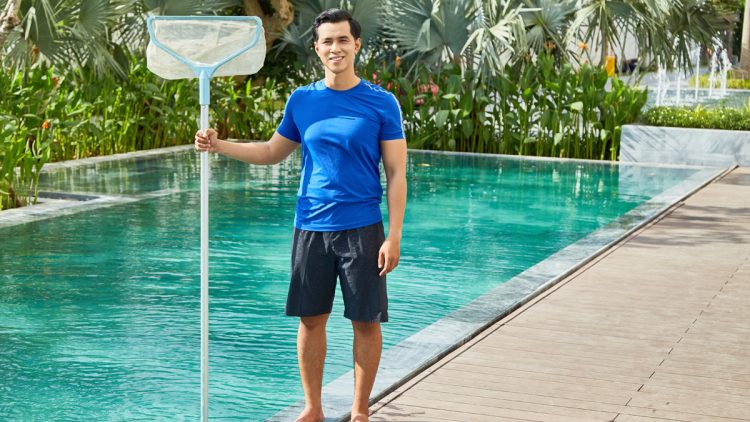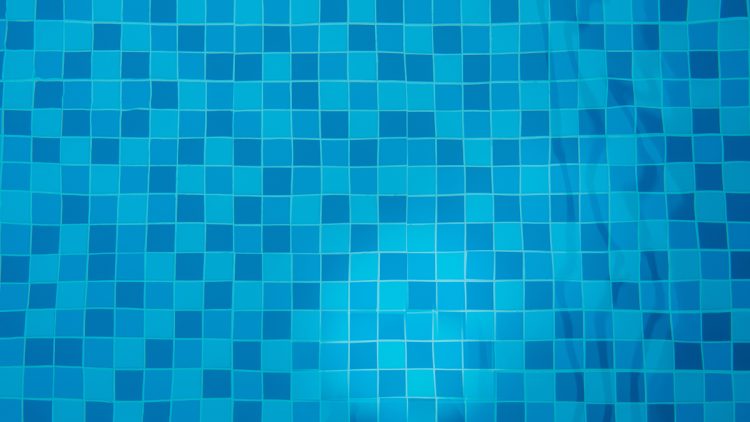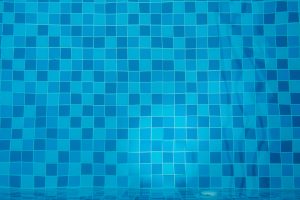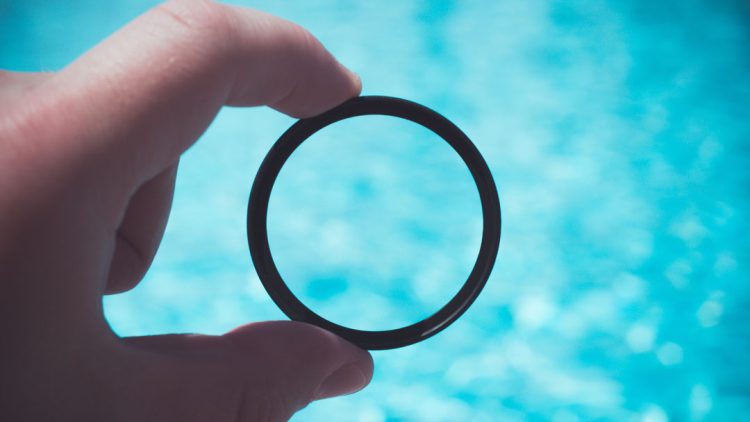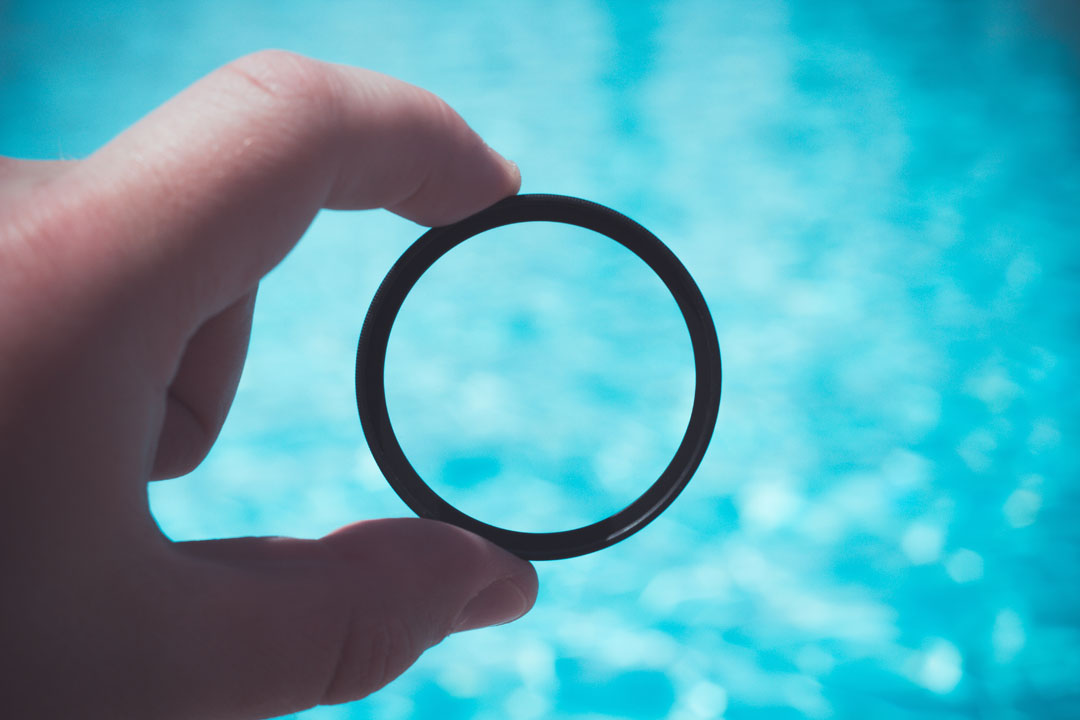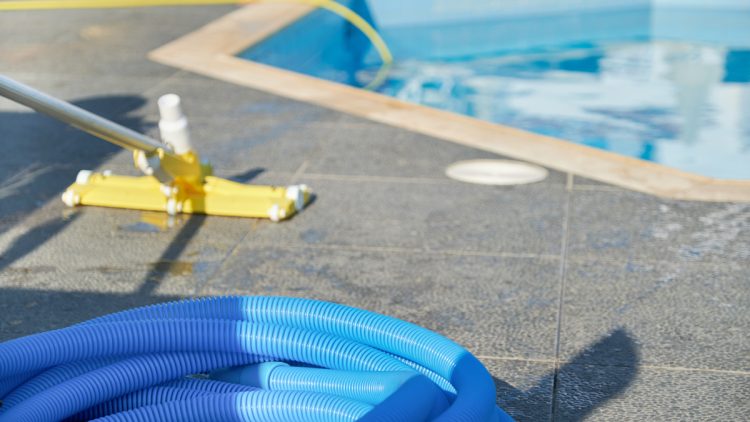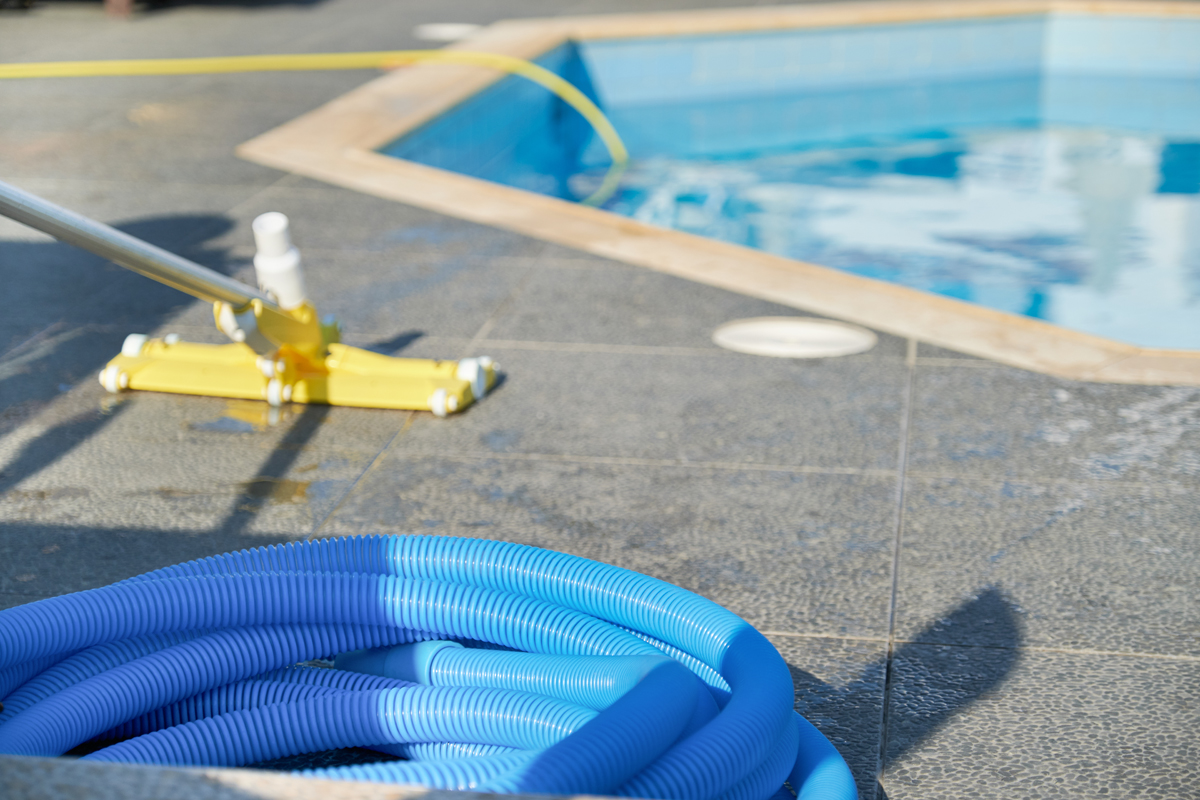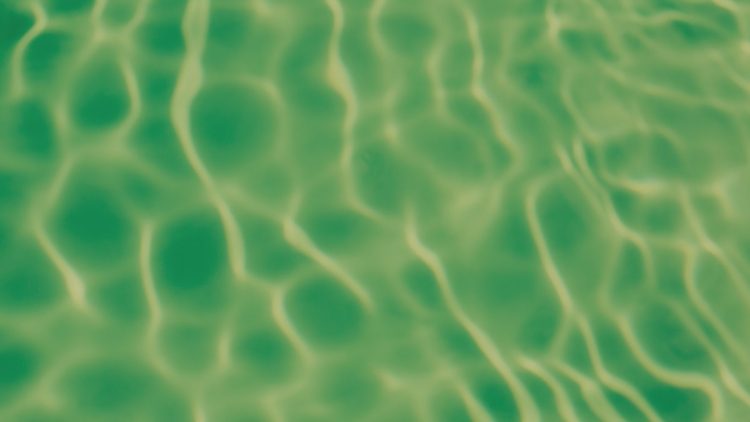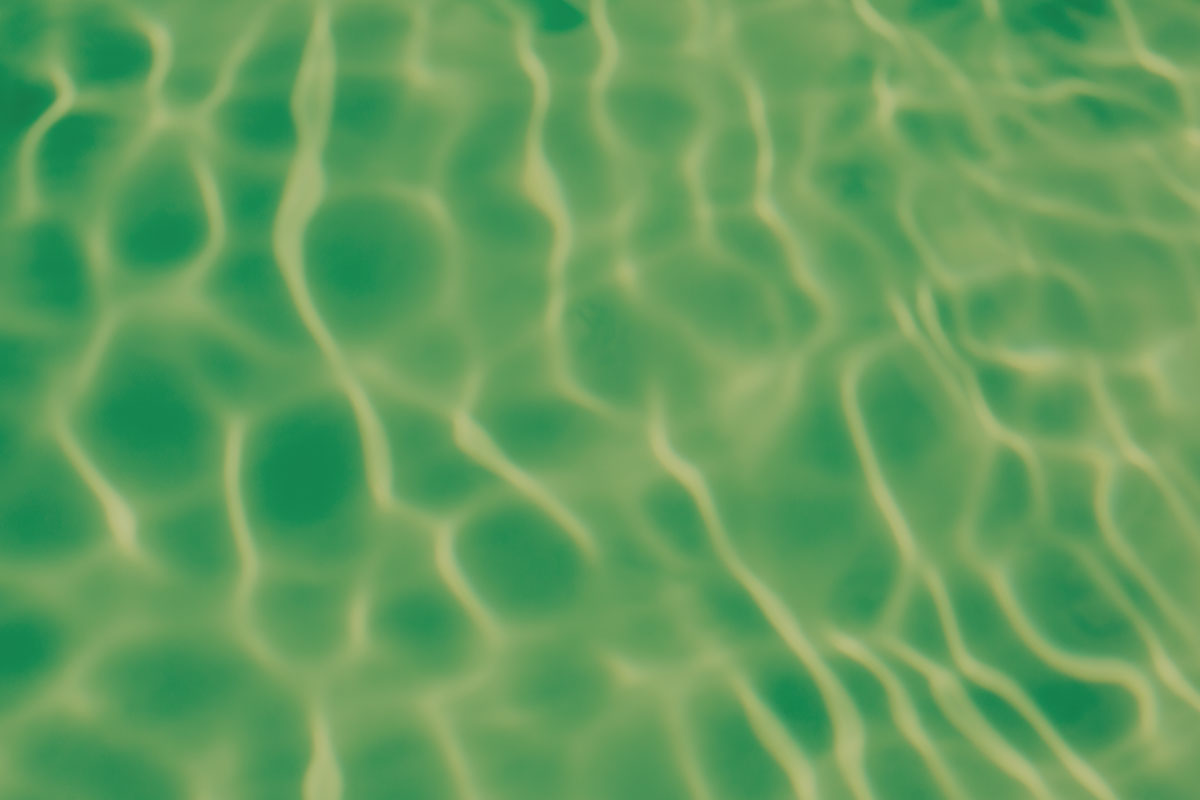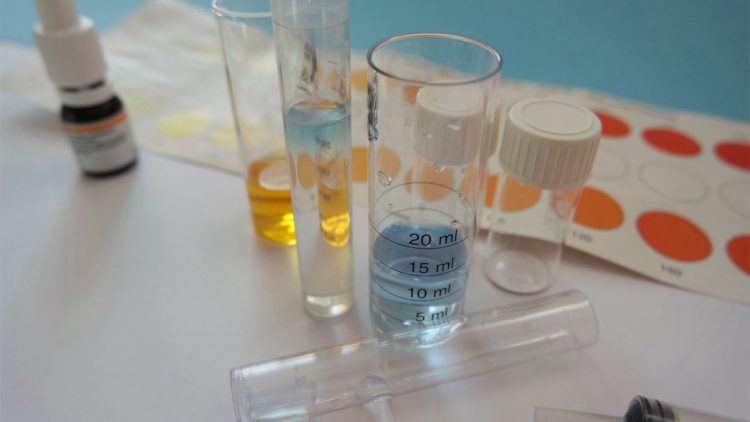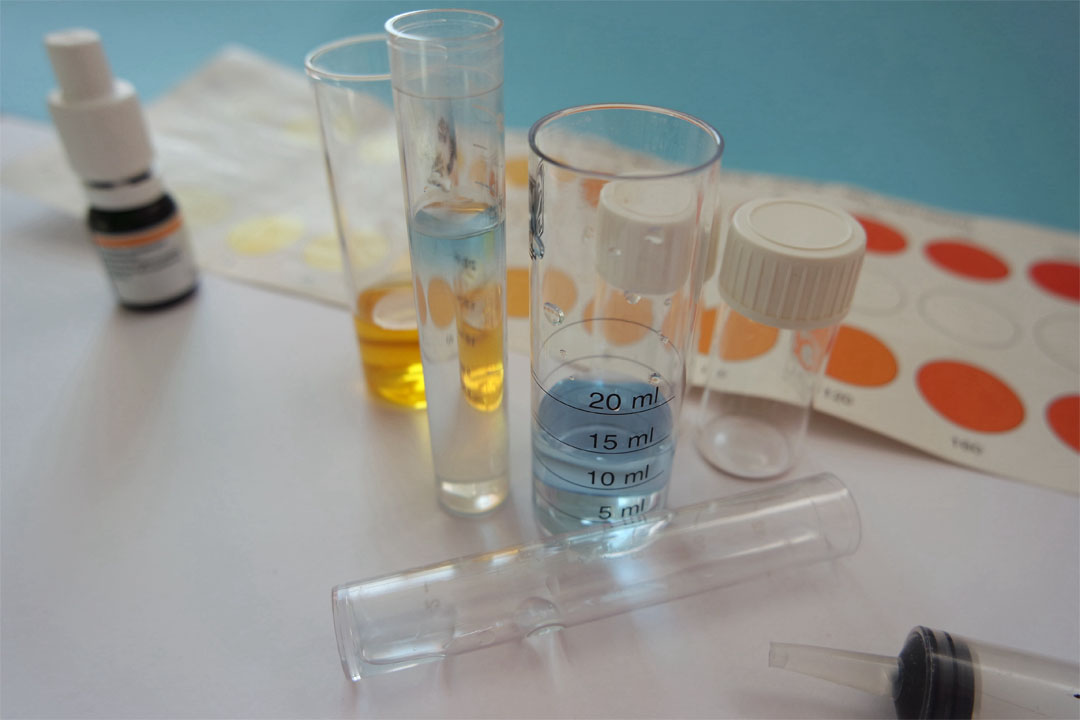Maintaining A Swimming Pool in Arizona Summers
Maintaining a swimming pool during the scorching Arizona summer requires consistent care and specific strategies to deal with high temperatures, intense UV rays, and dust. Here’s a practical guide to keep your pool sparkling, safe, and enjoyable all season long.
🌞 Challenges Unique to Arizona Summers
-
Extreme heat (100°F+ daily)
-
Evaporation causing water loss
-
High UV exposure degrading chlorine faster
-
Monsoon dust storms introducing debris and contaminants
-
Hard water leading to scale buildup
✅ Weekly Pool Maintenance Checklist
🧪 1. Test and Balance Water Chemistry (2–3x/week)
-
Chlorine: 2–4 ppm (use stabilized chlorine)
-
pH: 7.4–7.6
-
Alkalinity: 80–120 ppm
-
Calcium hardness: 200–400 ppm (Arizona water is hard!)
-
Cyanuric acid (stabilizer): 30–50 ppm
-
Use a test kit or test strips, and adjust as needed with pool chemicals.
💦 2. Manage Water Levels
-
Check 1–2 times per week.
-
Water evaporates rapidly in Arizona; maintain mid-skimmer level.
-
Use auto-fill systems if possible, or top off manually.
🧹 3. Skim, Brush, and Vacuum
-
Skim surface daily to remove leaves, bugs, and dust.
-
Brush walls and steps weekly to prevent algae.
-
Vacuum or use a pool robot at least once a week.
🧼 4. Clean Pool Filter
-
Cartridge filters: Clean every 2–4 weeks.
-
Sand filters: Backwash every 2–3 weeks.
-
DE filters: Backwash and recharge DE powder monthly.
-
Dust storms clog filters quickly—inspect after every storm.
🔄 5. Run the Pump Long Enough
-
In summer, run pump 8–12 hours/day to ensure proper circulation and chlorination.
-
Best time: Early morning or at night to reduce evaporation and power costs.
⚠️ 6. Shock Pool After Heavy Use or Storms
-
Shock weekly during summer or after:
-
A pool party
-
A storm
-
Signs of algae/cloudy water
-
🧊 7. Consider a UV or Ozone System
-
Arizona sun depletes chlorine fast. A UV sanitizer or ozone system helps reduce chlorine demand and boost sanitation.
💡 Extra Arizona Pool Care Tips
| Issue | Solution |
|---|---|
| Algae growth | Maintain chlorine, brush often, keep pool covered when not in use |
| Scaling | Use a sequestering agent to reduce calcium scaling |
| Debris from monsoons | Use a leaf net, keep skimmer baskets clean, consider installing a pool cover |
| Sun damage | Add a pool cover or use chlorine stabilizer (CYA) to protect chlorine from UV breakdown |
🛠️ Seasonal Prep (Before/After Summer)
-
Inspect pool equipment (pump, filter, valves, skimmers)
-
Check for cracks or leaks
-
Schedule a professional water test and system tune-up
Is Arizona Summer Time A Good Time For A Swimming Pool Upgrade?
Arizona summer can be a good time to upgrade a swimming pool, but with a few key considerations.
✅ Why Summer Can Be a Good Time for Pool Upgrades
☀️ 1. Peak Use = Faster ROI
-
If you’re planning to upgrade lighting, automation, decking, or features, you’ll get immediate enjoyment during pool season.
-
Great for resale if you’re listing in late summer or fall.
🏗️ 2. Contractor Availability for Small Upgrades
-
While full builds may be booked, minor upgrades (tile, equipment replacement, automation, resurfacing) are often more feasible and faster to schedule.
💧 3. Real-Time Testing
-
You can test out new systems (filters, heaters, lighting, smart controls) under real conditions, ensuring performance before the off-season.
⚠️ Challenges of Summer Pool Upgrades in Arizona
🔥 1. Extreme Heat
-
Contractors may limit work hours or take longer due to high temps (100°F+).
-
Concrete, plaster, and decking upgrades must be carefully timed to avoid cracking or rapid curing issues.
🌀 2. Monsoon Season (July–September)
-
Sudden dust storms and rain can delay work or contaminate freshly poured surfaces or open plumbing.
🧾 3. Higher Demand = Higher Prices
-
It’s peak swimming season, so demand for pool pros can drive up prices.
-
Scheduling may be more competitive, especially for high-end work.
💡 What Kinds of Upgrades Work Well in Summer?
| Upgrade Type | Suitability for Summer |
|---|---|
| LED lighting | ✅ Quick install, usable right away |
| Smart pool controls | ✅ No disruption, good ROI |
| New pump/filter | ✅ Improves water quality quickly |
| Tile & coping repair | ✅ Small jobs doable in hot weather |
| Deck resurfacing (e.g., Kool Deck) | ⚠️ Time-sensitive but feasible |
| Full resurfacing (plaster or PebbleTec) | ⚠️ Can be done, but timing is key |
| Structural remodels or re-plumbing | ❌ Better suited for off-season (Oct–March) |
🧭 Final Advice
If you’re considering an upgrade:
-
Plan work early in the day or off-peak weeks (before monsoon season in July).
-
Use licensed Arizona contractors familiar with working in extreme heat.
-
Get quotes from multiple professionals, and ask about heat-adaptive materials.
Pool Maintenance In Gilbert, AZ
Pool Service Gilbert is a family-owned and operated business that has been serving the valley since 2004. We offer reliable and affordable pool services, including repairs, equipment installations and more! Our service area includes Ahwatukee, Chandler, Gilbert, Mesa, Phoenix and Tempe, Arizona. Contact us right here for your upcoming pool service needs!
More Articles About Pool Care
- Pool Cleaning Service Near Me
- How to Clean a Green Pool Fast
- Pool Chemicals 101
- How To Acid Wash A Pool
- What Size Sand Filter Do I Need For My Above Ground Pool?
- Common Pool Problems
- How Much Does It Cost To Replace A Pool Pump?
- How To Remove Calcium From Pool Tile
- Pool Pump Repair Near Me – Gilbert, AZ

